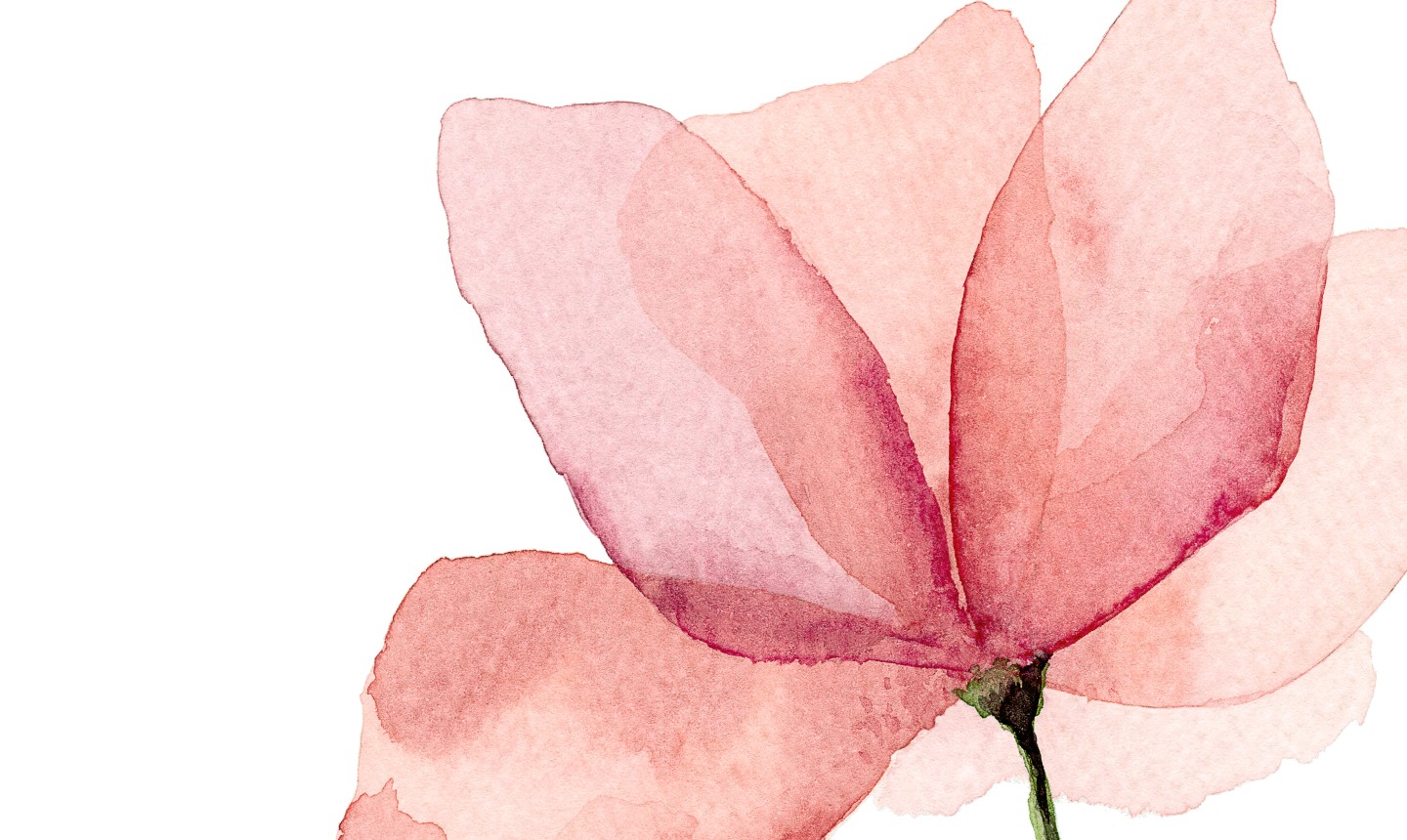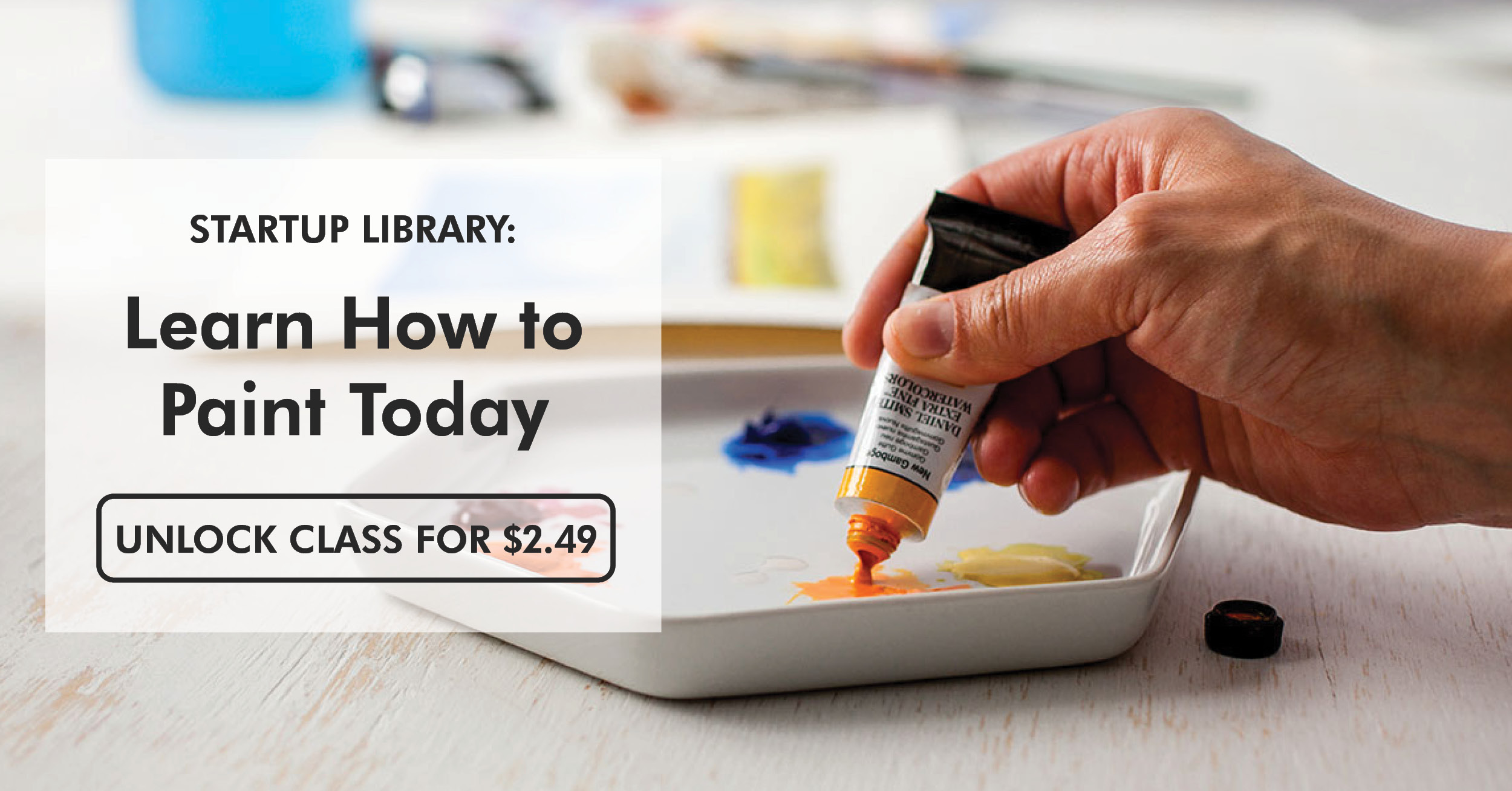
Rawpixel.com/Shutterstock
The flowing colors, the unpredictable pigment, the spectrum of saturation — watercolors are both beautiful and intimidating. But watercolor newbies, don’t let a little uncertainty scare you away. These 10 tips were designed to beat your fear and get a brush in your hand.

rustemgurler/Getty Images
1. Don’t overdo it when shopping for paints
You don’t need to break the bank or buy every single color to start painting. But you should stock your collection with a few high-quality basics. The type of paint you choose — tubes or dried cakes — is totally up to you, but be sure that you have red, yellow, blue and black paint.
You can make your first shopping trip a bit easier by picking a travel watercolor kit, which likely comes with all the basic colors you need.
2. When it comes to brushes, get the good stuff
You don’t need a lot of brushes — just a few good ones. A single round brush is a must, but you’ll get farther with a starter set of brushes including small, medium and large round brushes, a medium flat brush an a mop brush.
3. Use real-deal watercolor paper
Paper is paper, right? Not when it comes to watercolor. If you try to paint on regular old printer paper or craft paper, we promise you won’t have much fun — your colors won’t stick and the paper will warp. Watercolor paper absorbs the moisture of watercolors, leaving you with bright pigment.
4. Don’t forget to use a palette
If you dream of mixing your own colors, a palette will be your playground. You can buy a watercolor palette with little wells for mixing different colors; or you can use a flat, non-porous surface like an old plate. Look for something bigger than you think you’ll need — you don’t want your beautifully mixed colors bleeding into one another.
5. Clean water and scrap paper are your most important tools
Clean water and scrap paper are the unsung heroes of watercolor painting. A container of clean water will help you thin paint colors and wash the brush when switching colors. Be sure to change the water out frequently so it doesn’t get muddied with all your colors.
Use scrap of paper to test out colors and consistency before putting them to your real paper. A small piece of watercolor paper is your best bet, but you could any paper in a pinch (just know it won’t dry quite the same as it will on your finished surface).
6. Set up your space
Keep your work surface, brushes, paint, palette, water for mixing, a paper towel for drying brushes and a piece of scrap paper all at the ready. Make sure that everything is within easy reach, but that nothing is in the way of your dominant hand so that you won’t be knocking anything over by accident as you work.
7. Start with a sketch
Before you start to paint, work out your composition as a sketch to solidify your composition.The sketch can be on a separate piece to use as a guide, or you can draw a light pencil sketch on your paper.
8. Always mix more paint than you think you need
It’s a huge bummer to realize that you’ve painted all but one petal of a beautiful flower and now you are out of the color. Plus, it’s difficult to re-mix a watercolor color with accuracy, so it’s always best to make sure you have a sufficient amount.
7. Embrace the bleed
It’s the nature of watercolor paint to bleed if wet paint is applied too close to another color. This can be a source of fear, but it can also be an opportunity to create beautiful visual effects such as gradients. If you’re scared of colors bleeding into one another, let each color dry completely before applying the next.
8. Masking fluid is your friend
Watercolors are notoriously hard to control — they tend to make their way to parts of your painting where they’re not welcome. Your best defense is masking fluid, which blocks out any areas you don’t want painted. Let the masking fluid dry, apply the paint and let it dry, then rub off the masking fluid to reveal totally clean paper.
9. Don’t let mistakes get to you
So you painted the wrong color, or the paint bled in a way you didn’t like, or you accidentally painted a blotch on the page. Don’t panic. Often, these errors can either be fixed or incorporated into a painting.
10. Have fun!
If you approach watercolor painting with a sense of fun and adventure, it will be a joyous journey instead of a fear-filled uphill trek. Experiment, enjoy and try to learn from your mistakes. There’s only one real way to get good at watercolor painting: by doing it frequently! Enjoy the ride.
Looking to get started with watercolors? Check out the class Startup Library: Watercolors below!


Water color for beginners
Simple and clearly put. After doing very little for awhile heading to a class where tutor is absent due to illness so we will have to just help one another.
Thanks, for this offer